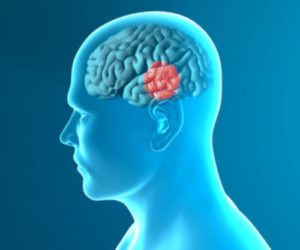Understanding Dopamine is Crucial

A Naturally-Produced Chemical Can Also be Manufactured
Medical science has finally shed some much-needed light on the problem of dopamine addiction. At one time addiction was thought to be a reflection of weak character and wrong choices. But now, after decades of research, the scientific community has found that addiction to dopamine is based on brain chemistry.
What is Dopamine?
Dopamine is the “feel good” chemical in the pleasure/reward center of the brain. An average amount of dopamine is about 50 nanograms per deciliter per day but that number can rise up to 100. As a neurotransmitter, dopamine helps the brain regulate feelings and movement. The amount of naturally occurring dopamine in the brain can be increased by exercising, love, listening to music, eating, shopping, sex, gambling, computer games and just about any activity that is enjoyable. Dopamine causes a person to have feelings of happiness. It plays an important role in the brain functions of reward, punishment, motivation, concentration, learning, sleep, voluntary movements, and memory. Dopamine performs as a vasodilator in the blood increases sodium excretion in the kidneys and drives urine output in the pancreas. When working properly, dopamine also reduces the production of insulin and protects the gastrointestinal tract and immune system. It also plays an important role in the treatment of heart failure, shock, Parkinson’s Disease, and ADHD.
Dopamine Addiction
Dopamine addiction starts when the dopamine levels in the brain become elevated. The dopamine levels in the brain will spike up to 5 – 10 times higher than normal when taking opioid drugs. These elevated levels of dopamine produce a heightened level of reward in the brain. The brain will start to associate the higher levels of dopamine-induced reward as a normal occurrence. As a neurotransmitter, the dopamine is sending signals to the brain that reinforce the use of the drug. As the user keeps taking the drug their memory will start to turn the reinforcement into conditioning. It is this conditioning that causes the desire for the drug. Eventually, the high levels of dopamine will create physical changes to the brain. The neural activity of the brain will become desensitized and the number of opioid receptors will decrease. Now the high levels of dopamine abuse have disrupted the brain?s normal response to pleasure and reward. The drug has created an expectation of pleasure in the brain of the user that will only be satiated by continued abuse of the drug. At this stage of dopamine abuse, the user becomes fully addicted and has an uncontrollable desire to keep taking the drug.
With opioid addiction growing in number, it is crucial that the role of and addiction to dopamine be properly understood in order to better treat patients and offer them a successful chance at recovery. With the scientific community now finding this link between brain chemistry and opioid addiction, the hope is improved drug treatment options will soon be available.
If you or a loved one needs help with abuse and/or treatment, please call the WhiteSands Treatment at (877) 855-3470. Our addiction specialists can assess your recovery needs and help you get the addiction treatment that provides the best chance for your long-term recovery.
